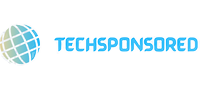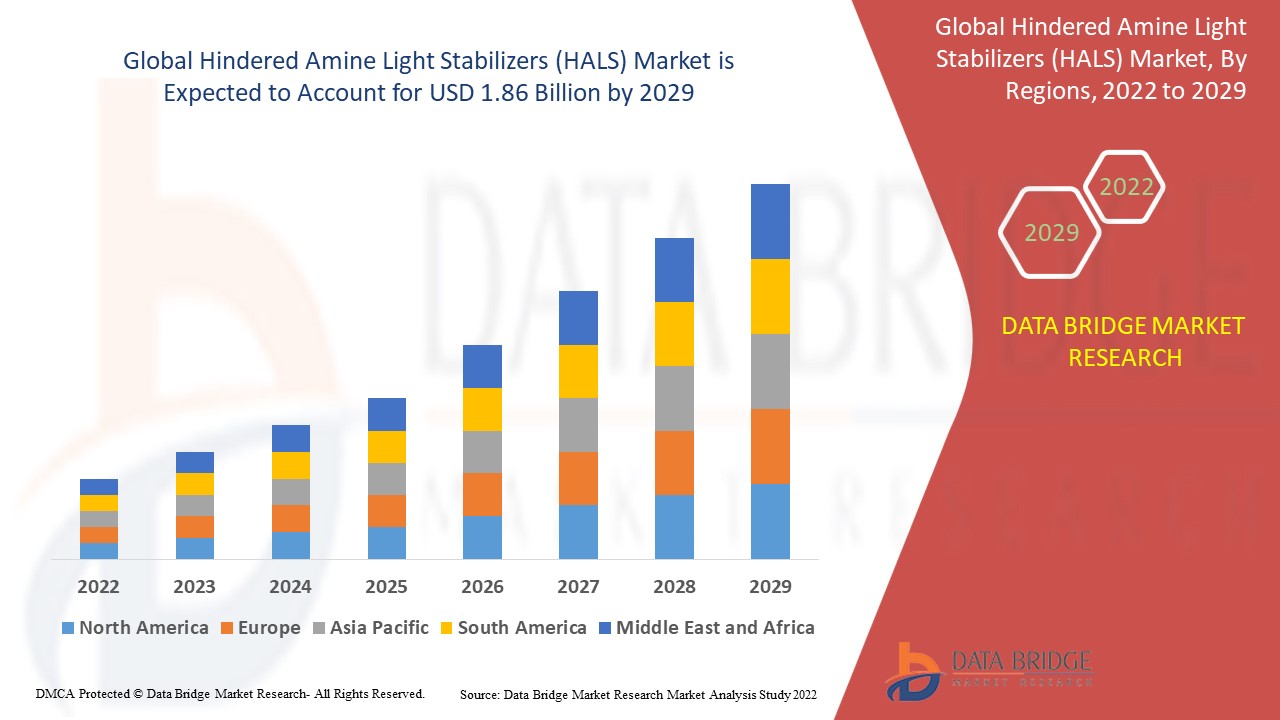The global hindered amine light stabilizers (HALS) market is poised for remarkable growth in the coming years. This growth can be attributed to several factors, including the expanding construction industry, increasing demand for packaging materials, and a surge in the automotive sector’s need for highly effective additives. Additionally, there is a growing market for UV resistant coated polymers, plastics, and wood products, which further contributes to the growth of HALS.
The market for polymeric hindered amine light stabilisers is expected to develop at the fastest rate during the forecast period among the various types of HALS. This specific kind has several uses in many sectors, including paints and coatings, polymers, adhesives and sealants, and others. Polymeric hindered amine light stabilisers are essential in a variety of industries, including packaging, agricultural, automotive, and construction.
A large increase in the hindered amine light stabilisers (HALS) market is predicted throughout the aforementioned projected period in light of these considerations. Key factors influencing the anticipated expansion of the market include the rising need for these stabilisers across several sectors and their capacity to offer efficient protection against light-induced deterioration.
What does hindered amine light stabilizers mean?
Hindered amine light stabilizers (HALS) are a type of chemical additive that are used to protect materials, such as polymers, plastics, and coatings, from the harmful effects of light-induced degradation. They are particularly effective in preventing the degradation caused by exposure to ultraviolet (UV) radiation from the sun.
The term “hindered amine” refers to the chemical structure of these stabilizers. Amines are organic compounds that contain a nitrogen atom, and hindered amines are a specific type of amine that have bulky substituents attached to the nitrogen atom. These bulky groups help to hinder the degradation process by acting as sacrificial scavengers, trapping free radicals that are formed during the degradation process and preventing them from causing further damage to the material.
Hindered amine light stabilizers work by absorbing UV radiation and dissipating the energy as heat, thus preventing it from interacting with the material and causing degradation. They also have the ability to regenerate and continue protecting the material over time, making them highly efficient and long-lasting additives.
HALS find widespread applications in industries such as plastics, automotive, construction, packaging, and coatings, where protection against UV radiation and light-induced degradation is crucial to maintaining the integrity and longevity of the materials.
Hindered amine light stabilizers hals market size
- According to the analysis conducted by Data Bridge Market Research, the hindered amine light stabilizers (HALS) market is projected to experience a compound annual growth rate (CAGR) of 7.15% during the forecast period. This indicates substantial growth potential for the market, with the market value expected to increase from USD 1.07 billion in 2021 to approximately USD 1.86 billion by 2029.
- The market reports provided by Data Bridge Market Research offer comprehensive insights into various aspects of the HALS market. These reports not only include essential information such as market value and growth rate but also provide detailed segmentation, geographical coverage, and analysis of major players in the industry. This allows stakeholders to gain a holistic understanding of the market dynamics and make informed decisions.
- To assist in decision-making, the reports incorporate detailed and updated price trend analysis, enabling stakeholders to track the pricing dynamics of HALS products. Furthermore, they provide a deficit analysis of the supply chain and demand, helping stakeholders identify potential gaps and opportunities in the market.
Basics of hindered amine light stabilizers hals market
-
Increasing investments and strategies
The market growth is anticipated to be driven by the quickly expanding demand for hindered amine light stabilisers (HALS) from a growing number of polymer, plastic, and automotive industry participants in several regions, as well as the steadily rising level of foreign investments in the hindered amine light stabilisers (HALS) industry. Growing plastic usage, particularly in emerging nations, is creating a solid foundation for the market for hindered amine light stabilisers (HALS).
-
HALS are becoming increasingly used in the packaging business.
The fast rising demand for HALS for food product packaging in the automobile sector is another indication of the expansion of hindered amine light stabilisers (HALS). The producers are looking for packaging materials with higher performance and better quality that can withstand prolonged exposure to sunlight and remain durable over time. The market growth rate is anticipated to be driven by the increasing demand for HALS.
Additionally, rising urbanisation, the construction sector, the paint and coatings industry, rising UV stabiliser demand in developing economies, and mounting cross-industry development and collaboration activities are some factors anticipated to support the growth of the hindered amine light stabilisers (HALS) market from 2022 to 2029.
Visit the website for additional details
https://www.databridgemarketresearch.com/reports/global-hindered-amine-light-stabilizers-hals-market
About Us
Data Bridge Market Research offers in-depth insights into the driving forces driving up industry demand. Over the next ten years, it reveals prospects that can boost market growth in several areas based on source, application, sales channel, and end use.

